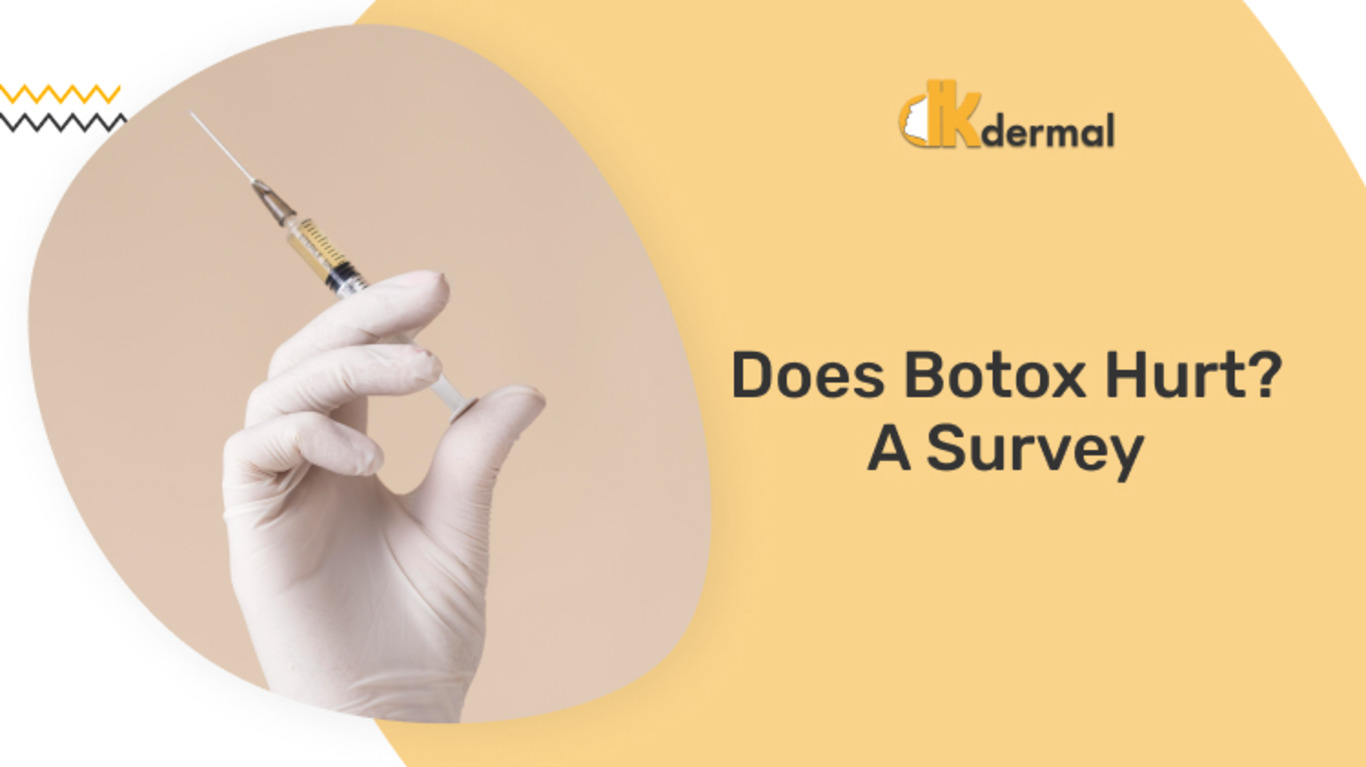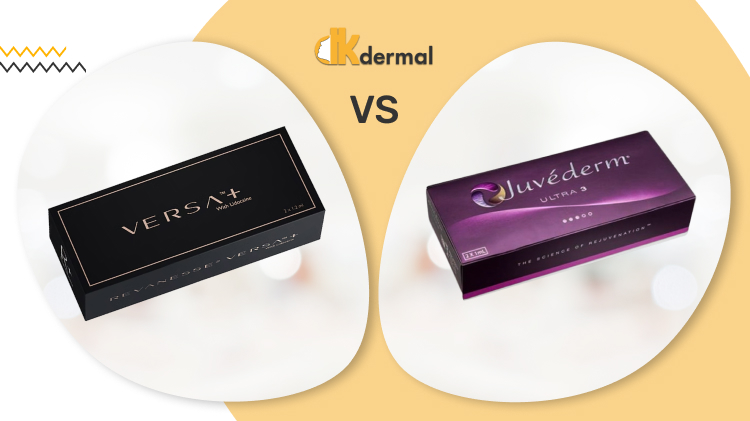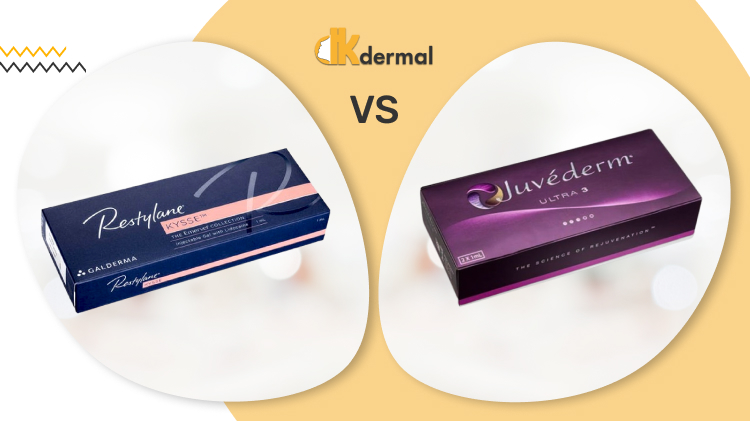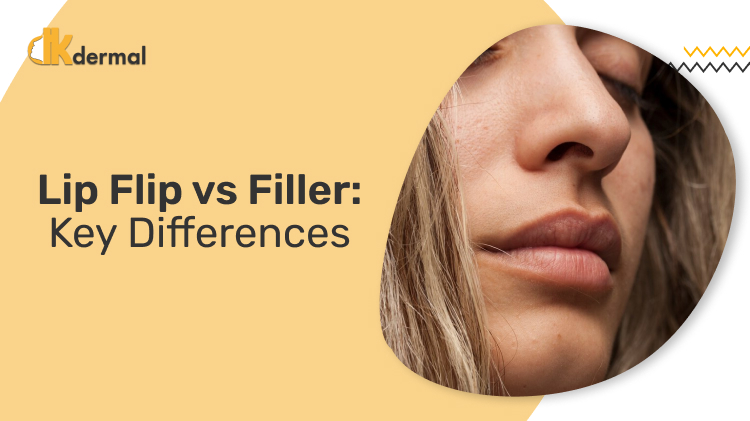“Do Botox injections hurt?”, – this is one of the main questions people have when considering the option of undergoing the treatment. And, frankly speaking, there is no definite answer to this question. While some patients experience only a little discomfort when getting Botox, other patients claim it either to be fully painless or pretty painful. While the truth is somewhere in the middle.
In this article, we are going to take a detailed look at Botox and the level of pain it might cause. By checking out this information, you will be able to stay well-informed regarding the feeling you might expect during a Botox injection.
On a safety note, it is worth mentioning that Botox injections belong to treatments intended for professional use. For this reason, only a certified healthcare provider with a valid medical license (for instance, an experienced professional in the aesthetic sphere) is eligible to buy Botox online and inject it beneath the skin of a patient.
What Is Botox?
Above anything else, how about discussing the definition, manufacturer, composition, indications, contraindications, possible side effects, and expected results of a Botox injection?
Definition
Botox is an FDA-approved brand of minimally-invasive injectable products used as powerful muscle relaxants. They are effectively used in a number of medical and cosmetic procedures, starting from wrinkle reduction and ending with the treatment of droopy eyelids.
Manufacturer
The manufacturer of Botox is Allergan, a well-known pharmaceutical corporation. As a global producer of numerous aesthetic products, it skillfully combines profound experience and innovative technology in a manufacturing process.
Composition
The composition of Botox is primarily based on botulinum toxin (type A). It is a purified neurotoxin that functions as a powerful muscle relaxant while temporarily blocking nerve impulses transmitted to underlying muscles around the injection zone.
It is also important to say that Botox does not include a prefilled anesthetic in its composition. Still, a healthcare provider might apply a topical anesthetic (for instance, a numbing cream or a cooling gel) to the targeted area shortly before administering Botox to maximize the comfort of a patient during the procedure.
Other products that employ botulinum toxin (type A) in their composition are Bocouture, Dysport, Xeomin, and so on. Despite having similar to Botox properties, they are far away from being identical to it. For this reason, they should not be mixed during the injection process. Moreover, it is the task of a healthcare provider to define which product is going to do the best job in each particular case.
Indications
All Botox injection indications might be divided into two major groups, namely:
- Medical indications (neck pain, overactive bladder, lazy eye, excessive sweating, chronic migraines, tension headaches, and so on);
- Cosmetic indications (dynamic wrinkles, including glabellar lines, crow’s feet, nasolabial folds, and other horizontal lines and vertical lines around the facial oval of a patient).
In other words, an injection of Botox effectively treats numerous medical conditions and cosmetic conditions by means of relaxing tense muscles.
Contraindications
Not each and every person is a good candidate to get Botox. Namely, it is not recommended under the following circumstances:
- If a patient has an allergic reaction to any component in the composition of a product;
- If a patient lives with a serious chronic disease (for instance, poor blood clotting);
- If a patient is currently pregnant or breastfeeding;
- And so on.
The ignorance of these contraindications might lead to serious complications. For this reason, they should by no means be ignored.
Possible Side Effects
In most cases, Botox injections do not cause any serious side effects. Only a very few patients experience adverse reactions after undergoing the treatment. Still, it is better to be prepared for the following body reactions to Botox:
- Pain or minimal discomfort around the treatment zone;
- Allergic reactions (including minor redness, itching, and swelling of the skin);
- Overall weakness of body and facial muscles;
- And so on.
The occurrence of the side effects mentioned above might have a negative impact on the Botox treatment experience. Luckily, many patients claim them to fade away “over the lunch break” after a Botox appointment without any medical assistance.
Expected Results
In the vast majority of cases, the expected results of Botox injections occur within a time period from a few hours to a few days (up to ten days when being more precise) after the procedure. It is also worth mentioning that they usually last for a few months unless prolonged by periodical touch-up treatments. However, their exact duration strongly depends on the individual peculiarities of each patient, including his or her current age, skin type, and even lifestyle.
As medical studies show, patients who attentively follow their Botox aftercare instructions (for instance, avoid physical activity or chemical peels for the first week after the treatment) tend to enjoy Botox results a bit longer.
Does Botox Hurt?
Since there is no definite answer to the question of whether Botox injections hurt, it might be useful to just respond to the below-mentioned questions to clarify the matter.
What Does the Procedure of Botox Injections Look Like?
To acquire a youthful-looking skin with the help of Botox, a patient would have to undergo a series of tiny injections around the treatment area. The whole procedure usually takes up to half an hour and should be performed by a certified healthcare professional.
How Big Are the Needles for Botox Injections?
In the majority of cases, a healthcare provider would employ a very small needle to administer a tiny pinch of Botox beneath a patient’s skin. The exact size of the needle, however, strongly depends on the injection site (for instance, a periorbital area might require smaller needles than a forehead area).
What Are the Ways to Reduce Pain During a Botox Procedure?
One of the most effective ways to reduce pain during a Botox injection is to use a topical numbing cream (or, in other words, an anesthetic cream). With its help, a patient is expected to feel only a slight pinch while undergoing the procedure.
What Do You Feel After a Botox Procedure?
Usually, a topical anesthetic wears off within half an hour after an injection of Botox. As soon as it happens, a stinging sensation around the injection site might occur. An ice pack might effectively reduce this discomfort.
What Is the Average Level of Pain One Feels During and After Botox Injections?
When it comes to the average level of pain caused by Botox, it is essential to state that it fully depends on pain tolerance of each individual patient. In other words, the higher pain threshold a patient has, the slighter pain he or she would feel.
A Bottom Line
All in all, Botox might cause different levels of discomfort in different patients. While some people claim it to be virtually painless, other do feel stinging sensation after the procedure. In most cases, however, injections of Botox feel fully bearable and do not cause much pain. So, feel free to schedule a consultation with your healthcare provider, book a Botox appointment, and prolong your youthful appearance for as long as possible!





